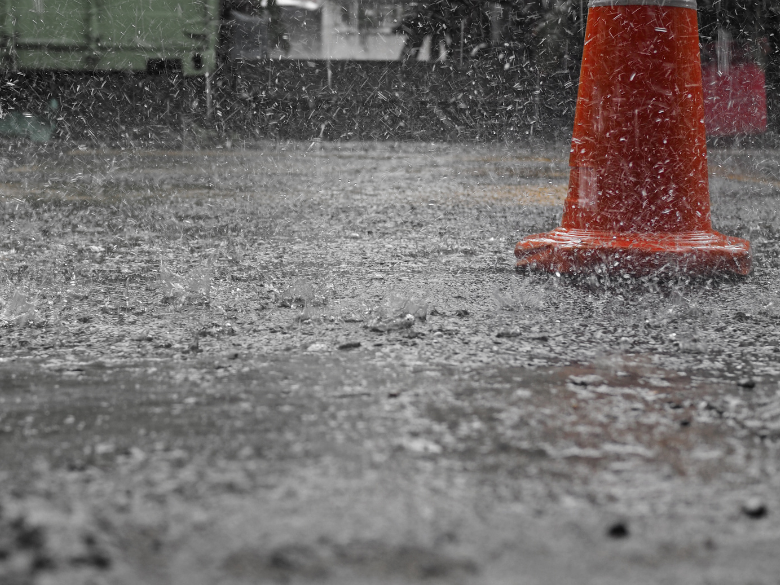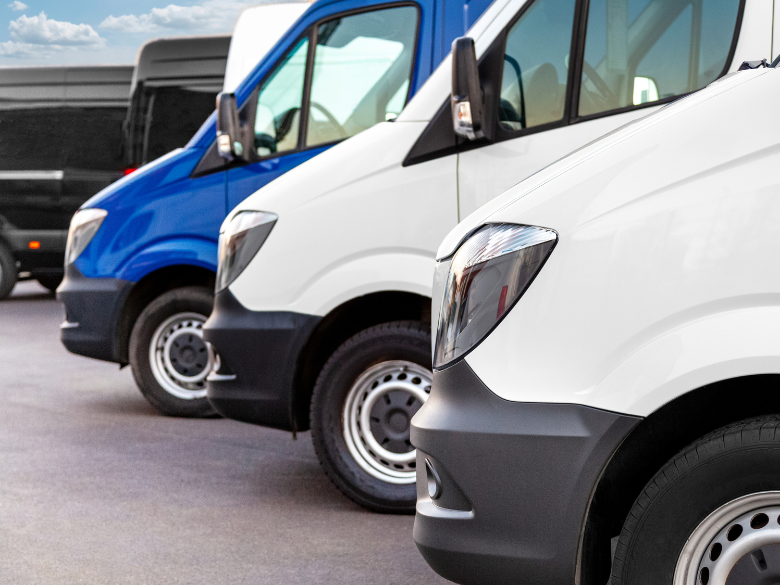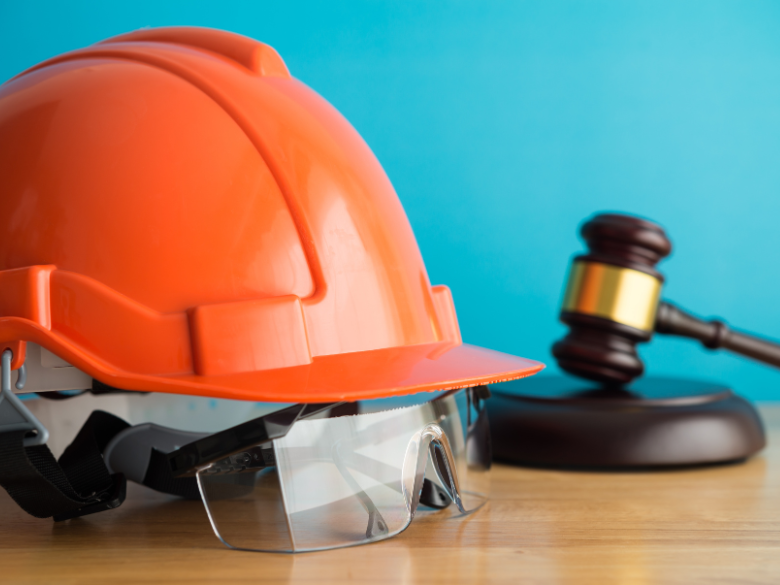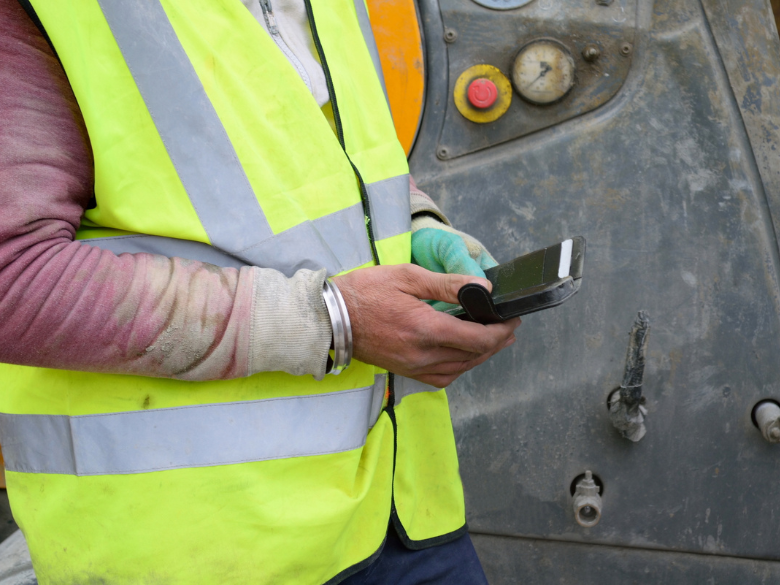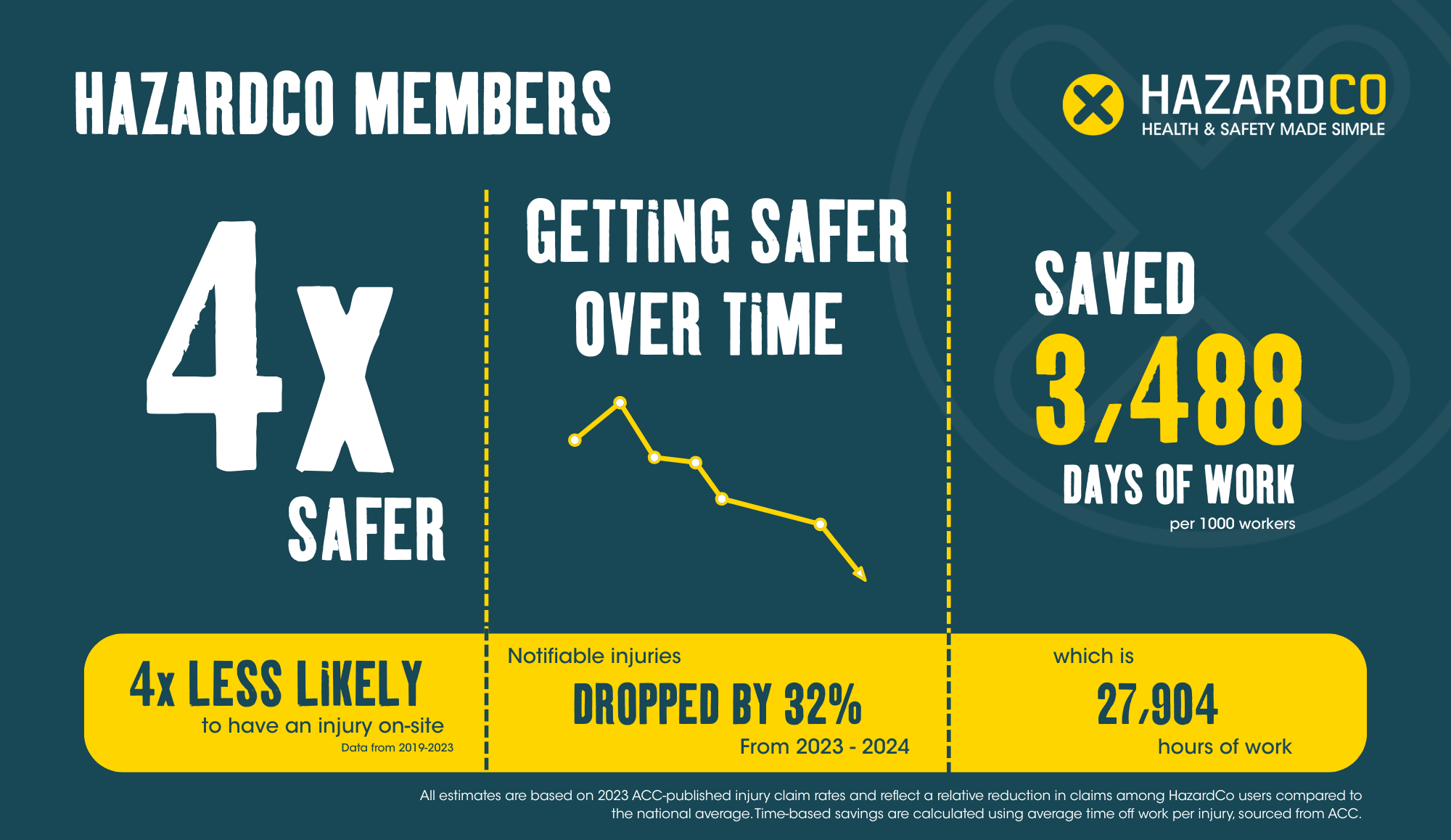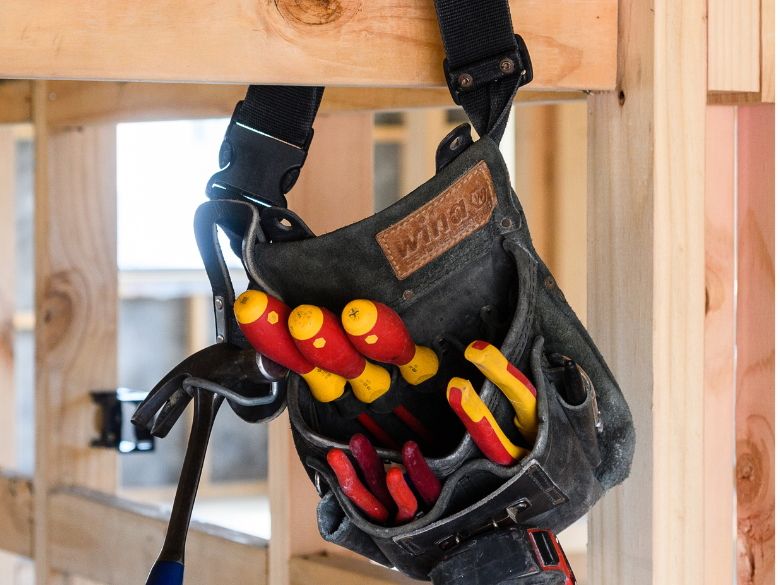
Machinery is a big part of manufacturing, but if it’s not used safely, it can cause serious injuries – or worse. WorkSafe NZ has seen too many cases where unsafe machines have led to lost fingers, crushed hands, and hefty fines for businesses. The good news? Most of these incidents are preventable with the right safety measures.
Here’s the good news: most of these accidents are completely preventable with some straightforward safety measures.
Let’s talk about what actually makes machines dangerous. It’s rarely the machine itself, but how we use, maintain, and protect it:
The cost of ignoring safety far outweighs the investment in getting it right. WorkSafe NZ provides excellent guidance to help businesses implement effective safety measures that protect both people and productivity.
Creating a safer workplace doesn’t require a complete factory overhaul. These five practical steps will make a real difference:
1. Do regular safety checks
Take a 15-minute walk around your site each week. Look for opportunities to improve guarding, reduce exposure to moving parts, or address signs of wear. Encourage your workers to share their insights – they often have the best suggestions for improvements.
2. Use proper guarding
Guards are as important to your machinery as any other component. Make it standard practice to keep guards in place and properly adjusted. If one needs repair, or is missing, stop using the machine until it is fixed
3. Train your team
Knowledgeable operators are your best asset when it comes to getting the most from your equipment. Take time to ensure everyone knows the basics – how to properly start up and shut down each machine, where to find emergency stops, when adjustments might be needed, and the daily best practices that keep things running smoothly. Refresher training doesn’t take long and can make a world of difference, boosting your worker’s confidence and performance on the floor. It’s a small investment in time that pays off in better quality work, and fewer disruptions and incidents.
4. Lock it out before maintenance
When equipment needs attention, a simple lockout/tagout routine keeps everyone safe and your machinery in shape. Just follow these lockout/tagout steps in order: properly shut down the machine, disconnect its power source, attach a tag with the maintenance person’s name, double-check that it won’t start unexpectedly, complete the work efficiently, and then confidently return to production. This straightforward process takes just a few minutes but prevents unexpected startups that could harm both your valuable equipment and your workers. Think of it as a quick insurance policy that protects your most important assets
5. Keep up with maintenance
Regular servicing isn’t just good for production – it’s essential for safety. Set reminders for maintenance checks and keep detailed records. Think of it as a health check-up for your machinery that helps prevent unexpected failures that could cause injuries or costly downtime.
Keeping your machinery safe isn’t just about ticking a box – it protects your team and keeps your business running smoothly. Before starting work each day, encourage operators to spend just 5 minutes getting to know their machine. Look for anything unusual, listen for different sounds, and make sure guards are properly positioned. This small investment of time helps catch minor issues before they affect production quality, create delays, or cause injuries. Unsafe machines can lead to big fines. Take the time to get it right, and you’ll create a safer, more efficient workplace for everyone.
We’re excited to announce that HazardCo is officially expanding into the UK! As a New Zealand-born company, we’ve been helping builders and tradies keep their worksites safe since 2007. Now, after years of growth and success in both New Zealand and Australia, we’re ready to bring our trusted health and safety system to the UK market.
Why HazardCo?
At HazardCo, we’re all about making health and safety simple. We know that builders don’t want to spend their time buried in paperwork or worrying about compliance. That’s why we offer digital tools and expert advice to make health and safety easy to manage on-site, in real-time. Whether it’s inductions, risk assessments, or creating safety plans, our system takes the hassle out of health and safety, so builders can focus on what they do best—getting the job done.
Our journey so far
We started in New Zealand, helping Kiwi builders tackle their health and safety challenges. Word spread fast, and soon we had thousands of businesses using our system to stay safe. In 2020, we expanded to Australia, growing to 70 employees and over 10,000 members, including more than 150,000 users actively managing on-site safety through our app.
What’s next?
Now, we’re bringing the same proven system to the UK. We’ve tailored our offering to meet the specific needs of British builders, and our local health and safety experts are ready to provide the support you need. With the recent introduction of the Building Safety Act, there’s never been a more important time for builders to step up their safety game—and we’re here to help make that as simple as possible.
As the construction industry moves toward more digital solutions, HazardCo is ready to help UK builders stay compliant, protect their teams, and keep projects running smoothly.
Ready to take the guesswork out of health and safety? We’ve got your back!
The HazardCo App has a new Plant/Machinery Pre-Start tool! It’s a quick and easy way to do pre-start checks on various plant and machinery such as scissor lists, boom lifts and excavators. Just whip out your app, follow the guided prompts and you’ll know all your reports are saved for safe keeping.
This is a great new tool for those of you currently filling in the log book that stays with the machine, causing lots of painful admin work to gather and compile the information for your own records.
Why conduct pre-start checks?
Pre-start checks are a simple way to check your plant and machinery is up to scratch before it’s used. Whether it’s hired or owned equipment, a quick check will help you to find any potential issues that could impact on the safety of your team or the performance of the machinery. By referring to the manufacturer’s instructions and best practices, workers can make sure the machinery they have is in a safe condition to be used, and if not, the App gives you an easy way to communicate the issues happening on the ground to the right people. When done well pre-start checks go a long way to preventing incidents and equipment failures.
When to use the Plant/MachineryPre-Start tool
The Plant/Machinery Pre-Start tool should be used before the operation of any plant or machinery. You can find it in the main menu of the HazardCo App. Once a pre-start check is completed, the report is automatically saved to the Reports section in the Hub and the App for easy access in the future.
Bennefits for workers: The Plant/Machinery Pre-Start tool provides an easy way to follow pre-start procedures. It helps you to communicate any issues that need to go up the chain and make sure information isn’t lost or misunderstood.
Benefits for workers: This tool is a quicker and easier way to maintain evidence of your crews safe work practises on site. Anyone on site can use the app to complete a Plant/Machinerypre-start, you’ll be able to see it’s been done, and you won’t need to find and scan physical log books anymore!
HazardCo understands that on-site first aid is about more than just sending someone on a course every few years. As an employer or contractor on-site, you have a legal and moral obligation to make sure your team has access to first aid equipment and facilities, as well as access to trained first aiders.
To determine the necessary level of first aid for your workplace, assess the site by considering:
Don’t forget to involve your workers in the process, and if you are working with multiple trades, or are the main contractor, you should share information and work together cooperatively.
Having a kit on a construction site is essential to quickly address injuries and medical emergencies. Great first aid kits can be sourced from many places – a basic kit should at least include equipment to manage:
Basic first aid kits are not always enough given the nature of construction work and increased risk of eye injury, cuts, falls etc, so you’ll need to consider what other equipment to add e.g. eye pads, eyewash, additional dressings and bandages.
Include your team and see if they think your first aid kit is sufficient for the sites hazards and team size. Make sure they know who the trained first aider is and where the first aid kit is kept! Make sure your first aid kit is clearly labeled and is made from a material that can protect the contents from dust, moisture and contamination.
Lastly, assign someone to be in charge of replenishing the kit. Make sure this happens regularly and keep a list of what’s supposed to be in the kit to make topping it up easier. At the same time, check training is up to date for your first aiders, and if your team size has changed, whether you still have enough team members trained in first aid.
Keeping first aid up to date is the right thing to do by your team, so make sure you’ve got things covered and that you’re all prepared if any sort of injury takes place.
If you have any questions please get in touch with the HazardCo Team
WorkSafe recently published a report on Workplace harm and risk in New Zealand. The whopping 106-page report is packed with valuable information on the current state of safety and highlights areas that need improvement to create a safer environment for everyone.
Our certified Health and Safety Advisor Evette has pulled out all the stuff you need to know and provided advice on the safety areas you should focus on to make the biggest impact.
Most work-related fatalities and serious injuries happen in just a few industries. Unfortunately, construction makes the list, as does agriculture, forestry & fishing, manufacturing, and transport.
Over the past two decades, there has been a significant decline in the rate of fatalities and serious non-fatal injuries, with the fatality rate dropping by more than half. However, the pace of improvement has slowed down in the last ten years.
Between 2017 and 2021, New Zealand’s work-related fatality rate was still 40% higher than Australia’s, even after taking into account economic activity and employment differences. Although the comparison with Australia is worrying, it shows us there is potential to improve our fatality rates in NZ.

This graph shows the number of injuries that resulted in more than a week off work from 2022 to 2023. The injury rate accounts for the number of people working in the industry, rather than the total number of injuries.
Construction has the highest rate of all sectors. In other words, a construction worker heading out the door for the day has a higher chance of injury than someone working in a factory, driving a truck, working on a farm, or any other industry.
When we look at workplace injuries, we can group them into five main categories:
WorkSafe found that most serious injuries and deaths occur in just a few industries. To make these workplaces safer, it’s important to have strong safety measures in place. This means better safety rules (and enforcing them), providing proper training and resources for workers, and building a culture that values safety..
Here are some ways you can proactively create a safety culture on your site today:
Lead by example: Take the initiative in promoting safety. Regularly demonstrate safe practices and make safety a priority in your daily tasks. Your actions will encourage others to follow suit.
Encourage open communication: Create an environment where everyone feels comfortable discussing safety concerns. Encourage team members to share their thoughts and ideas on how to improve safety on-site.
Regular safety meetings: Schedule regular safety meetings to discuss any potential hazards, recent incidents, and preventive measures. Use these meetings as a platform to reinforce the importance of communication and teamwork.
Encourage reporting: Make it easy and non-intimidating for workers to report safety issues or concerns. Let them know their input is valued and will be acted upon.
Collaborate on solutions: Involve workers and contractors in finding solutions to safety challenges. By working together, you can come up with practical and effective ways to improve safety on-site.
Set clear expectations: Clearly communicate safety expectations and procedures to all workers and contractors. Ensure everyone knows their role in maintaining a safe work environment.
Evaluate and improve: Continuously assess your safety communication practices. Identify areas where communication might be lacking and take steps to strengthen it.
When we all understand the biggest causes of work-related harm, we can work together to create a future where every worker in New Zealand has a safe and healthy place to work.
For more information, you can check out our Fostering a Culture of Safety blog or download our Simple Guide to Toolbox Meetings.
The Ministry of Business, Innovation and Employment (MBIE) wants to hear about your experiences with the work health and safety system – how you think it’s working now, what you think works well, and what you think should change. We will be submitting our feedback and we encourage you to share your experiences too! https://www.mbie.govt.nz/have-your-say/work-health-and-safety
Good health and safety processes and systems lay the foundation for success with any project but are even more important with bigger builds and multi-dwelling residential projects.
This blog will dive into managing health and safety in complex construction projects and look at how to set up effective systems to lay a solid foundation for your next big project.
At HazardCo, we keep a close eye on industry trends to make sure our content and tools are relevant and useful. Over the last 12 months, there has been a significant increase in council consents for multi-dwelling residential projects. There are now more consents issued for multi-dwelling projects than stand-alone builds.
Multi-dwelling projects are bigger, more complex, and have more layers of overlapping duties, creating a need for a solid health and safety plan from the very start of the build. We also consistently see that businesses that set up good processes and systems within their business and who have a strong safety culture, do better than their competitors who don’t invest in these areas..
In talking to our customers, we’ve encountered several myths about multi-dwelling projects:
In multi-dwelling projects, overlapping duties are unavoidable. All businesses involved must consult, cooperate, and coordinate with each other. Good communication and sharing information is critical to managing these overlapping responsibilities and creating a safe site.
To incorporate consultation, coordination, and cooperation into your construction business, start by planning each stage of the work and think about how it affects your contractors, other businesses and the public. In this process, you need to identify the risks that need to be managed and talk to who is impacted about how to handle them. With your contractors decide who’s best to manage each risk and make sure everyone knows their roles, responsibilities, and what’s expected of them.
Compared to standalone residential projects, multi-dwelling builds involve more contractors, equipment and activities on a smaller site, which increases risks. Key considerations include:
Contractor management and the logistics of contractors on site is a major challenge on multi-dwelling projects. Successful contractor management starts before they even enter on to a site, and involves checking contractors have the right qualifications, health and safety processes, and a good track record. Pre-planning and continuous monitoring of your contractors, when they are on site, is essential to prevent injuries and ensure smooth project execution.
If you would like to know more about contractor management, check out our Simple Guide To Contractor Management
Key high-risk areas in multi-dwelling projects create another unique challenge for these projects and can include the following:
Businesses that have good processes and systems in place do better across the board and they are more likely to complete projects on time and on budget. This creates happy clients and a better reputation in the industry.
Successful multi-dwelling projects often include:
The shift towards multi-dwelling residential projects brings new health and safety challenges. By debunking myths, understanding overlapping duties, managing contractors effectively, and focusing on high-risk areas, you can make your sites safer! Remember, health and safety planning is not just a regulatory requirement but a vital part of protecting the crew on site.
If you have a new project in the pipeline, let’s work together to keep your sites safe and successful. We have specifically designed Project Pro to meet the complex needs of multi-dwelling residential builds which includes extra support from our advisory team. Get in touch today!
Maintaining clean amenities is just as important as keeping your site nice and tidy. Employers have a duty to provide adequate workplace amenities/facilities, including toilets, that are in good working order, clean, safe and accessible.
When planning amenities on your site, consult with your workers to understand what will be needed. Getting them involved will give you the opportunity to provide information, training and instruction on things like keeping the site amenities clean and reporting any problems.
More often than not portable toilets are not maintained in a safe or hygienic way. Employers must make sure that toilets are cleaned and serviced regularly, making sure they are safe to use, just like any other on-site machinery.
Toilets should also:
Don’t forget, the toilet should be easy to access in all weather conditions and be placed on stable, flat ground to ensure it can operate properly.
Clean drinking water must be supplied to workers by installing site water taps as early as possible. If the mains have not been connected, provide workers with drinking water in containers, coolers or flasks.
Workers should have a clean and sheltered area for meals and rest breaks. A garage or a similar sheltered area can be used or a vehicle cab if there is no other reasonably practicable option, so long as basic requirements for worker rest can be met.
Not meeting these requirements can lead to a risk of infection, disease, psychosocial harm or infringements/enforcement from the Regulator. Planning is key to ensuring you and your team have what you need in place from start to finish.
As always, if you have any questions please give our team a call on 0800 555 339 or contact us.
It’s important for young people starting out in construction to understand how to stay safe at work. Young workers lack experience and might not know about all the hazards yet, which could put them in danger of getting hurt. Sometimes young people might feel like they have to impress others, or they might think they’re better at the job than they actually are, they may also forget about safety rules or be afraid to speak up if something seems unsafe. Because of this young workers have additional needs and should be supervised when working on-site.
Positive safety culture onsite comes from the top down, supervisors should be actively modeling and training young workers about safety rules, make sure they have the right gear, and encourage them to speak up if they see any problems.
There are some jobs that young workers shouldn’t do because they might not have enough experience or strength yet. Supervisors need to make sure young people can handle their tasks and keep an eye on them until they are sure they are able to do the work safely. Young workers also need to think about their own safety, listen to instructions and follow safety rules.
When everyone works together to stay safe, it helps make sure everyone goes home safely at the end of the day.
Now, let’s delve deeper into some specific measures that can be taken to ensure the safety and well-being of young workers in the construction industry:
Employing young workers in the construction industry has benefits for the young person, the company and for the industry as a whole as the next generation of builders learn and grow into future roles. By prioritising safety and investing in the well-being of young workers, employers can create a culture of safety that benefits everyone involved. Together, we can build a safer and more secure future for the next generation of construction workers.
If you have any questions, get in touch with the HazardCo team today
On the farm or in the factory, transport is a major part of daily life, making vehicle safety a top priority no matter what you are doing. When using vehicles you can break down transport activities into distinct areas Safe Stop, Safe Vehicle, Safe Driver, and Safe Site – so that you can better identify the hazards and take proactive steps to manage the risks.
The concept of Safe Stop shows the importance of proper shutdown procedures for vehicles and machinery. The steps are straightforward but critical:
Following Safe Stop procedure is essential:
A Safe Vehicle is one that is well-maintained and suited to the tasks. Consider the following checklist:
Additionally:
The Safe Driver makes sure they are competent, and fit to carry out the task:
Passengers should only be allowed in designated seats that do not hinder the driver’s visibility or access to controls. Mounting or dismounting moving vehicles is strictly banned for safety reasons.
A Safe Site is characterized by organized and secure traffic management:
By addressing these four key areas—Safe Stop, Safe Vehicle, Safe Driver, and Safe Site—you can significantly improve transport safety.. Regular training, clear procedures, and a commitment to proactive safety measures are essential for protecting everyone involved in transport and vehicle movements.
If you need any advise get in touch or give the HazardCo team a call on 0800 555 339

